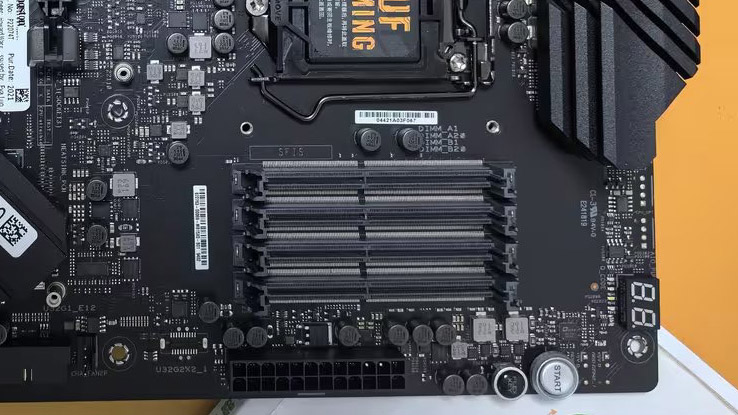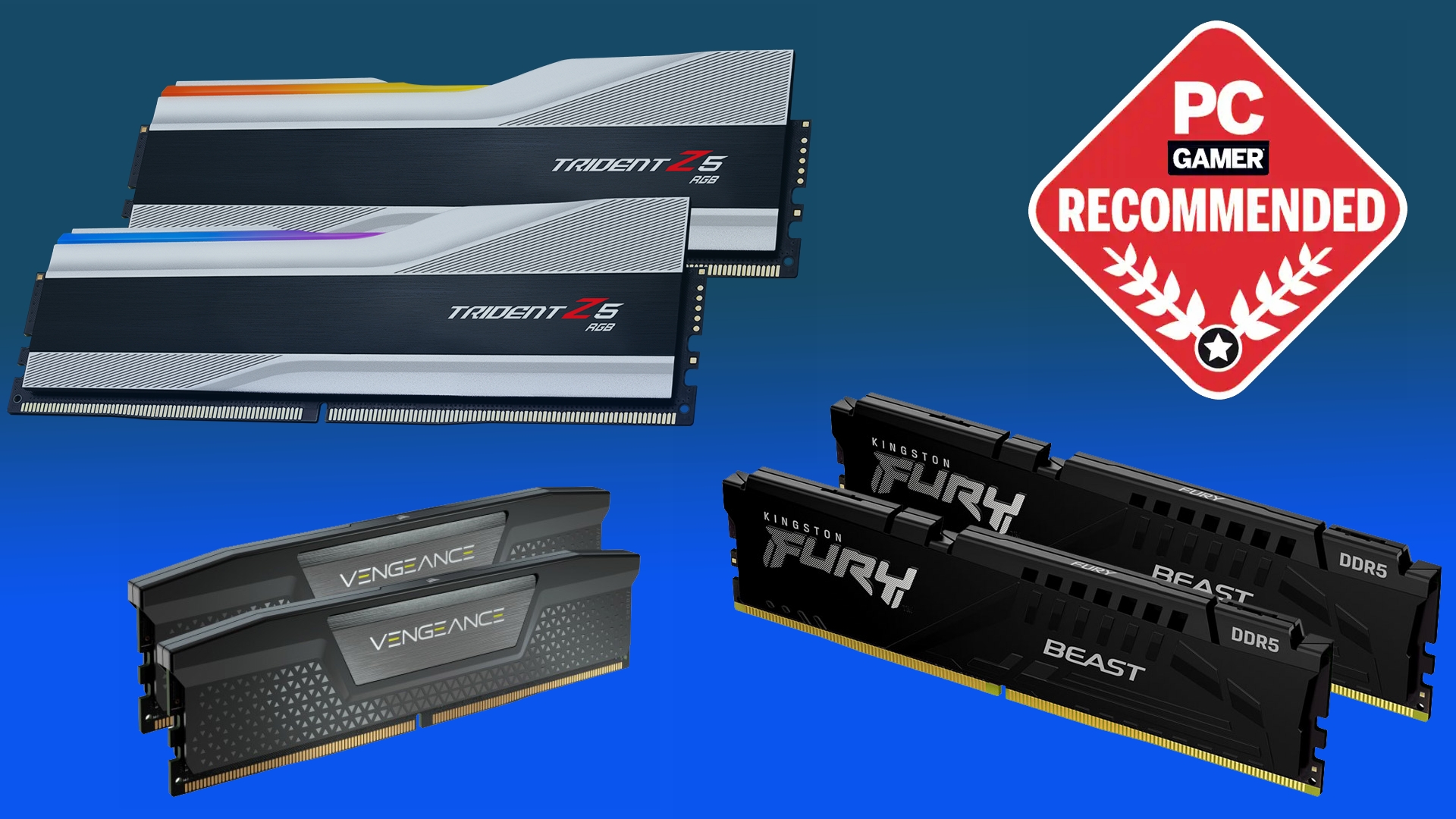
Sometimes, engineers have some free time on their hands. There are many examples of 'skunkworks' projects, including an Asus RTX 4060 Ti with an onboard SSD slot, motherboards with rear-side connectors, and going back a little further, an ASRock X299 HEDT ITX motherboard, to name just a few memorable examples.
The latter board included SO-DIMM (small outline dual in-line memory module) slots as a way to save space due to the large size of the LGA 2066 socket. It's not the only example of a desktop motherboard with SO-DIMM slots. Asus cooked one up in its labs, and it was spotted by wxnod at X/Twitter, who posted a picture of an Asus ROG Maximus XIII Hero with SO-DIMM memory slots.
In another picture posted by wxnod, the Z590 system features a Kingston Fury BIOS landing image, indicating the board is a test vehicle for testing Kingston SO-DIMM memory. It's certainly easier to test memory on a desktop motherboard with a comprehensive BIOS full of adjustable options than it is on a laptop with a threadbare BIOS.
But while ATX motherboards with SO-DIMM memory slots are unlikely to see a widespread retail release, I believe there is a use case for them, or at least some kind of compact memory standard. It's all about saving PCB space.

Best DDR5 RAM: the latest and greatest
Best DDR4 RAM: affordable and fast
Unless you start doing some double stacking of M.2 drives, the realistic limit for an ATX board is five slots, and less for mATX and Mini-ITX boards. By using SO-DIMM memory instead of full-size DIMM slots, you create a bit of PCB space that could be utilized for an additional M.2 slot, or some other controller.
Of course, that's easier said than done. SO-DIMM memory has never been an enthusiast oriented solution. Its primary use case is in laptops and NUC-type systems, and currently available SO-DIMMs cannot match the 8000MHz+ speeds of the best DDR5 memory, because such speeds are unsupported (and unnecessary) in laptop form factors.
SO-DIMM memory will likely never become a standard part of our desktop PCs, but if nothing else, it gives some food for thought. The rise of hot and demanding NVMe SSDs means some kind of change needs to happen.
A revision or replacement of the ATX standard would be a good place to start.







